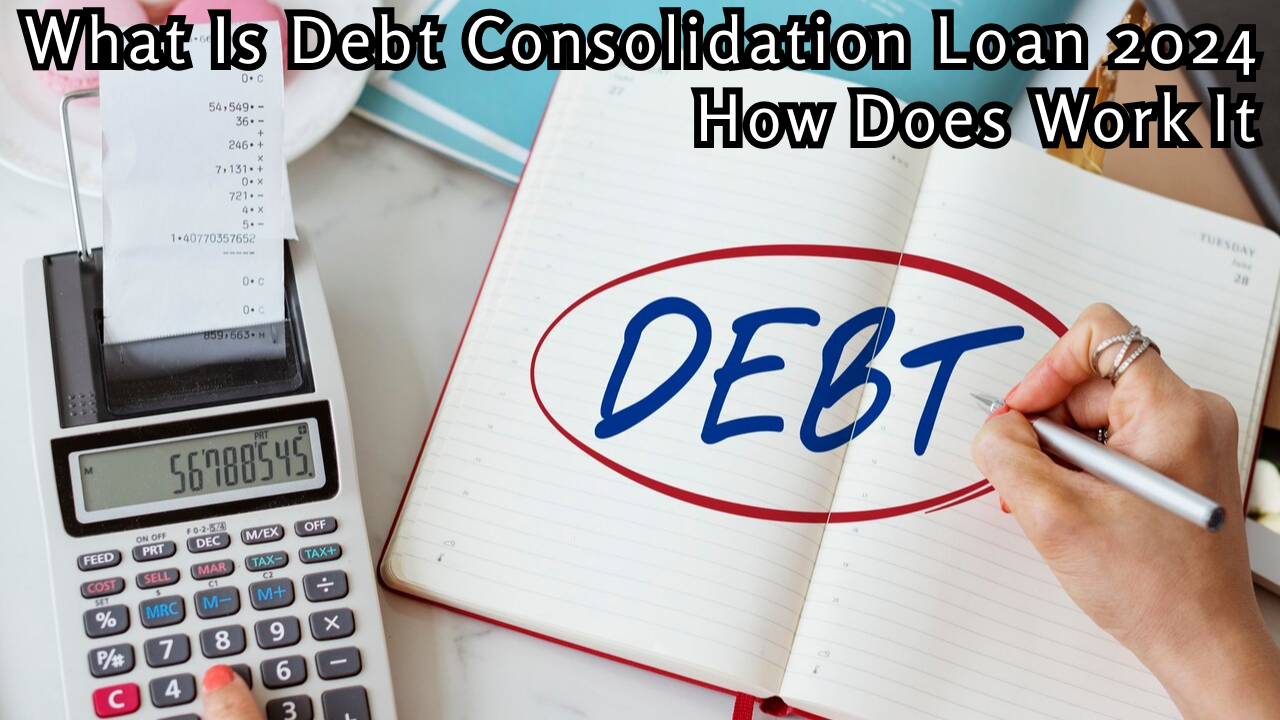What Is a Secured Loan? How They Work, Types, and How to Get
What Are Secured Loans? Secured loans are business or personal loans that require some type of collateral as a condition of borrowing. A bank or lender can request collateral for large loans for which the money is being used to purchase a specific asset or in cases where your credit scores aren’t sufficient to qualify for an unsecured loan. Secured loans may allow borrowers to enjoy lower interest rates, as they present a lower risk to lenders. However, certain types of secured loans—including bad credit personal loans and short-term installment loans—can carry higher interest rates. Understanding the Types of Secured Loans Loans that are secured can be found in different types, each one made to fit particular money requirements and situations. One common type is the mortgage loan, where the property being financed acts as an assurance. Usually, this kind of loan is used for buying houses or real estate properties. Another well-known secured loan is the auto loan. In this type of lending, the security is provided by the vehicle that you are buying. For people who want to borrow money and have assets such as savings accounts or investment portfolios, they can choose a secured personal loan where their possessions act as collateral. Two more common choices for using assets as security are secured lines of credit and secured credit cards. Additionally, the borrower must understand that the kind of secured loan they select might influence how the borrowing agreement is structured. For example, mortgage loans usually come with lengthier repayment periods and lesser interest rates in comparison to alternative kinds of secured loans. Conversely, secured credit cards might provide a greater degree of flexibility when it comes to credit caps and potential expenditures. Features of Secured Loans How Do Secured Loans Work? Debt products backed by an owned asset are known as secured loans. The assets you intend to use as collateral for a secured loan must be disclosed to the lender when you apply. A secured loan allows you to pledge an asset as collateral, such as your house, vehicle, or boat. The lender will put a lien on your until you repay the loan. Lenders may seize and sell the collateral to make up for losses in the event of a loan default. The majority of secured loans are instalment loans, which means you get your entire loan amount all at once and have to pay it back over time in EMIs. Mortgage loans have 30-year repayment terms, while secured personal loans have shorter terms of one year. Types of Secured Loans Secured loans can be used for a number of different purposes. For example, if you’re borrowing money for personal uses, secured loan options can include: As mentioned, vehicle loans and mortgage loans are secured by their respective assets. Share-secured or savings-secured loans work a little differently. These loans are secured by amounts you have saved in a savings account or certificate of deposit (CD) account at a credit union or bank. This type of secured loan can be useful for building credit if you’re unable to get approved for other types of loans or credit cards. In the case of a secured credit card or line of credit, the collateral you offer may not be a physical asset. Instead, the credit card company or lender may ask for a cash deposit to hold as collateral. A secured credit card, for instance, may require a cash deposit of a few hundred dollars to open. This cash deposit then doubles as your credit limit. Business Loans Business loans can also be secured, though unsecured ones can be had. An equipment loan, for instance, is a type of secured business loan. Say you own a construction business and need to purchase a new dump truck. You could use an equipment loan, secured by the dump truck you plan to purchase, to pay for it. As long as you pay the loan on time, you wouldn’t be at risk of losing the equipment you purchased. One thing to note about secured business loans is that you may also be required to sign a personal guarantee. This means that you agree to be personally liable for any debts taken out by your business if the business defaults on the loan. So if your business runs into cash flow issues, for example, you could be personally sued for a defaulted loan. Car Title Loans and Pawnshop Loans Other types of secured loans include car title loans and pawnshop loans. Car title loans allow you to borrow money using your car title as collateral. Pawnshop loans can use anything from tools to jewelry to video game consoles as collateral, depending on what you’re willing to pawn. These are generally short-term loans that allow you to borrow small amounts of money. Life Insurance Loans A life insurance loan lets you borrow money against a life insurance policy using its cash value as collateral. You could then repay the loan during your lifetime or allow the loan amount to be deducted from the death benefit paid to your beneficiaries when you pass away. This type of loan is available with permanent life insurance policies, such as variable or whole life insurance. Bad Credit Loans Bad credit personal loans are another category of secured loans. These are personal loans that are designed for people with poor credit history. Lenders can offer bad credit personal loans, but they may require some type of cash security, similar to share-secured loans, secured credit cards, and secured lines of credit. Note that a lower credit score can translate to a higher interest rate and/or fees with a bad credit secured loan. Tips for Securing a Secured Loan For a secured loan, you must think carefully and get ready to make sure that your application is approved and you receive good loan conditions. One important thing is to keep up a good credit score because lenders frequently look at the credit history when they evaluate applications for loans. Making sure that information in your credit report is correct by checking it often can assist in enhancing eligibility for a secured … Read more






